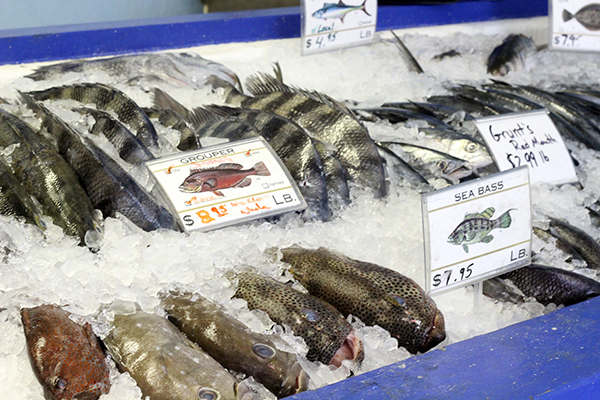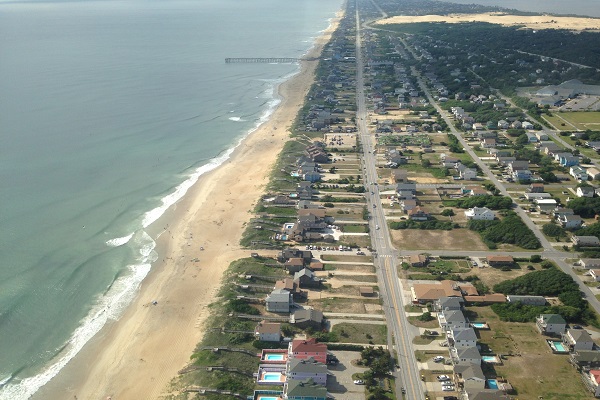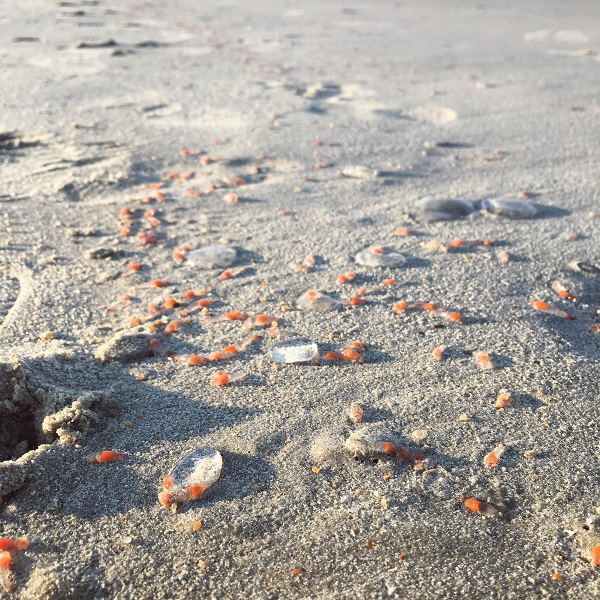FROM THE EXECUTIVE DIRECTOR: NC Sea Grant’s Resilience Efforts Meet Varied Needs

The height of our hurricane season seems to be an appropriate time to consider how resilient our North Carolina coastal communities and ecosystems are when faced with a significant hazard. Certainly our communities continue to learn lessons from past storms to better prepare for, and recover from, future storm events. We anticipate those actions will point to greater levels of resilience — or a community’s ability to recover from extreme events.
Earlier this year, resilience was one of the monthly themes as the National Sea Grant College Program celebrates its 50th anniversary in 2016. The national and state programs highlighted efforts to build resilience among coastal communities nationwide.
For example, North Carolina Sea Grant contributed pieces to a national “story map” on resilience. Learn more at go.ncsu.edu/resiliencemap. On page 4, read about this and other themes during the anniversary celebration. On social media, look out for #SeaGrant50.
In North Carolina, the term resilience carries a range of definitions for our varied partners. Each interpretation depends on the stakeholders or audience for a particular collaboration. Examples run a gamut, from technical engineering solutions for infrastructure — such as houses, roads, bridges and living shorelines that can withstand significant energy forces — to developing workforce training opportunities to strengthen employment opportunities, and understanding changes in biological components of estuarine systems that sustain numerous animal populations.
There also is a temporal aspect to take into account when understanding coastal resilience. Certainly there’s an immediate context, such as after a hurricane. But also we consider building resilience within a longer time frame, such as changing land-use and weather patterns that continue to affect our coastline and across our state, including the individuals who live and visit here.
You’ll find numerous examples of coastal resilience incorporated throughout the stories, images and poetry in this issue that will draw you into the power, beauty and bounty of our coast.
Community, economic and ecosystem resilience are intricately linked. North Carolina Sea Grant is committed to ensuring that we are not simply reacting to single events that affect the coast. Rather, we are actively working with communities to develop and apply knowledge gained from research, education, technology and innovations to be prepared for change, and also to better position ourselves to be as resilient as possible in the face of change.
My thanks go out to our donors who are helping our program itself be more resilient by financially supporting the work we do. Check out who they are on page 4.
I also hope you make the time and take the opportunity to join us at any one of the coastal festivals being held this fall in celebration of the many resilient communities — humans, plants and animals alike — that make the North Carolina coast their home.
I’ll look forward to seeing you by the water, and hearing your perspectives on ways to continue to improve coastal resilience there. Or as always, you can email me at snwhite3@ncsu.edu or follow me at @snwhitenccoast.
Happy fall y’all.
This article was published in the Autumn 2016 issue of Coastwatch.
For contact information and reprint requests, visit ncseagrant.ncsu.edu/coastwatch/contact/.


